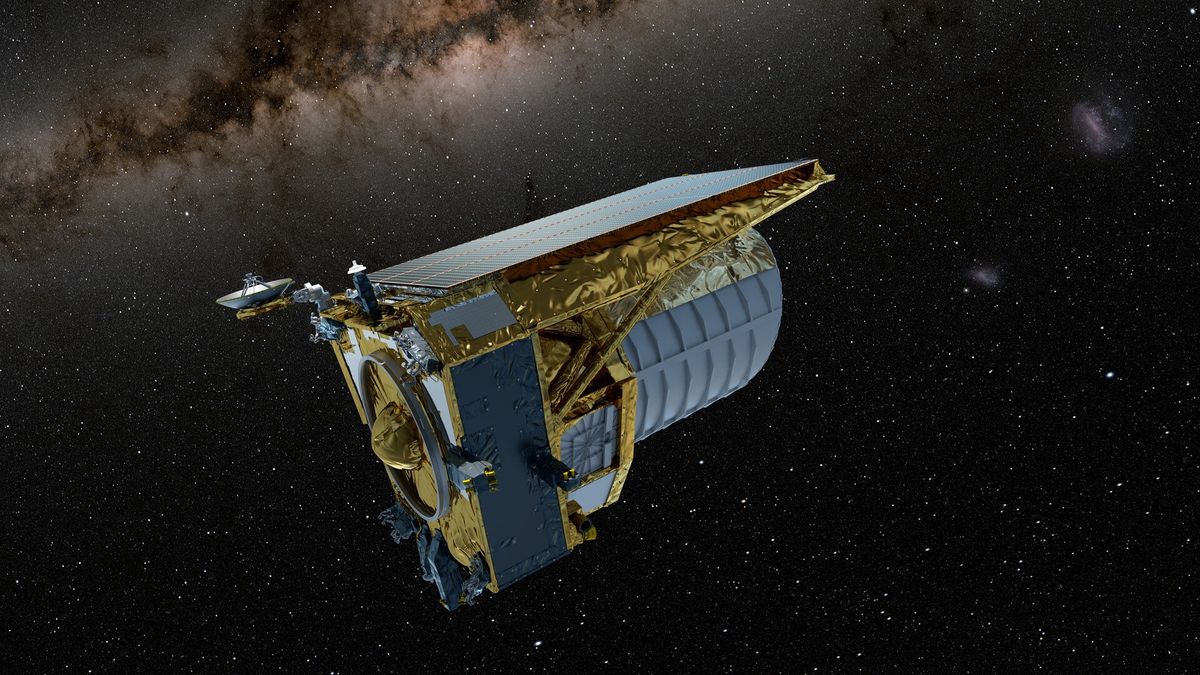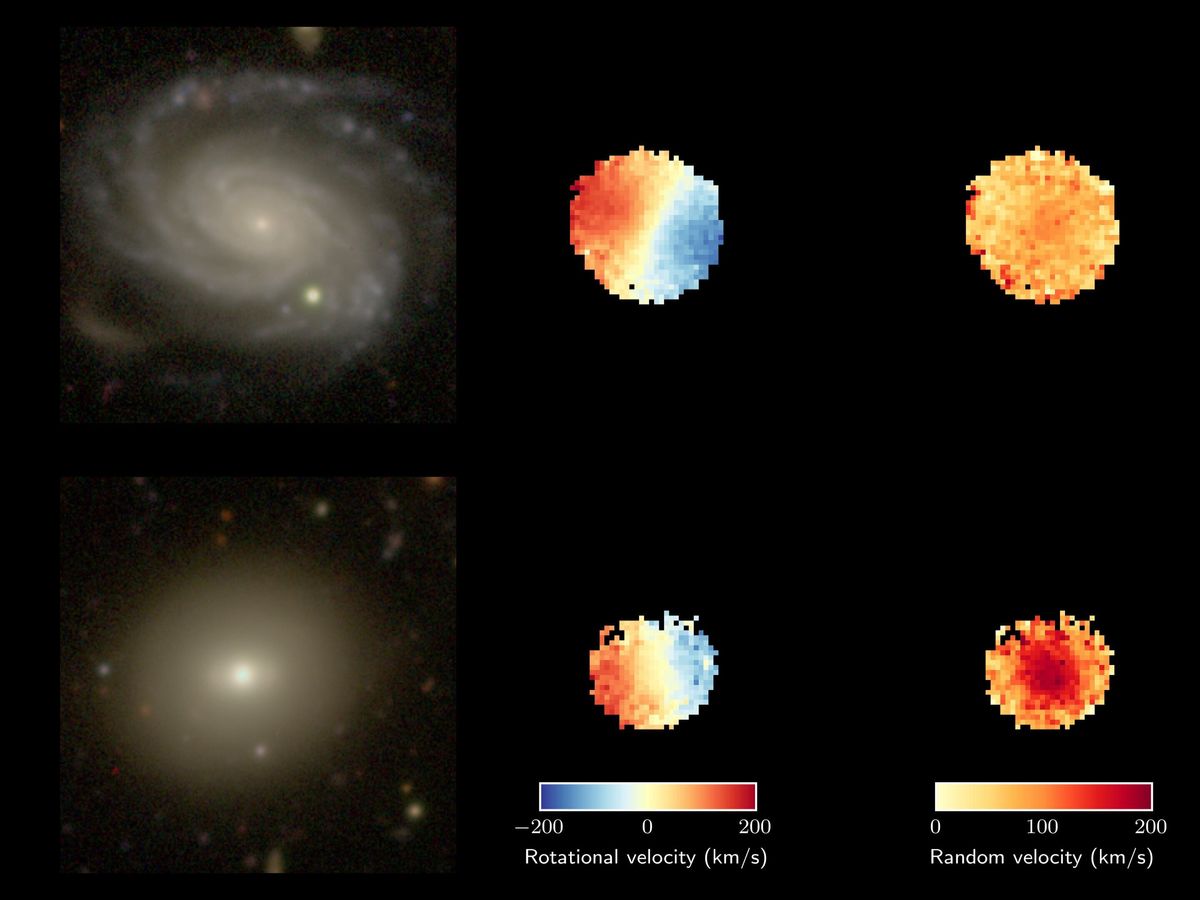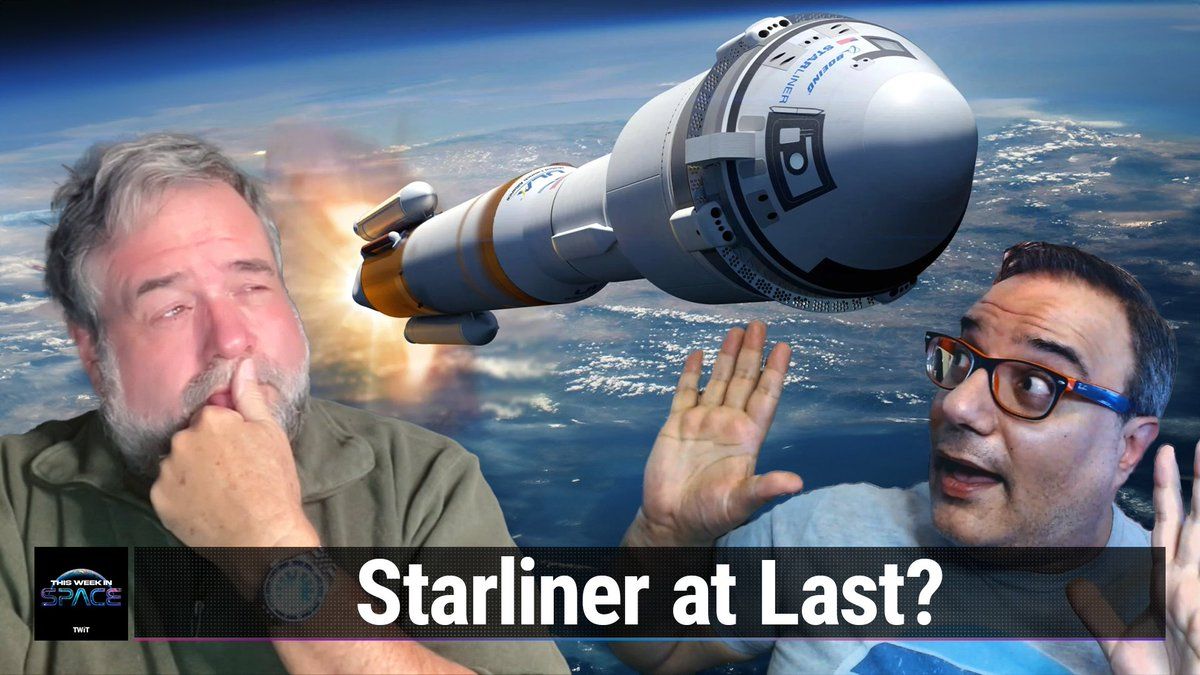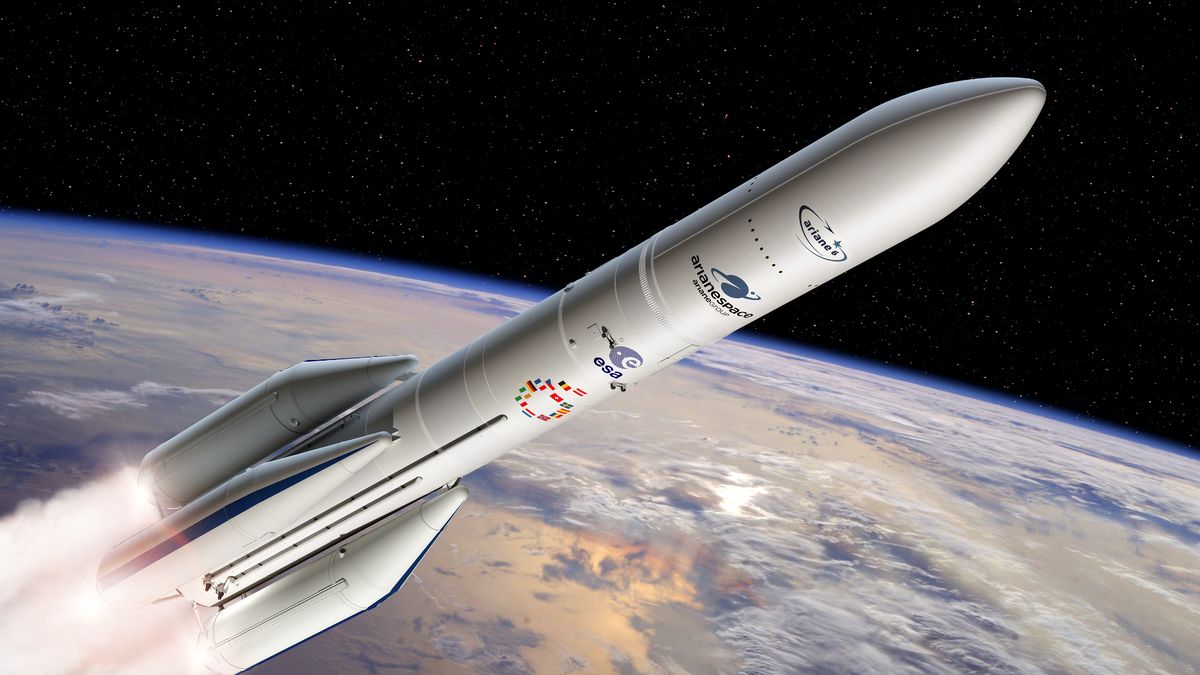Euclid Observatory Scientists Work Remotely to De-Ice Space Telescope
Just as drivers clear ice from car windshields in winter, scientists at the European Space Agency’s (ESA) Euclid observatory are facing a similar challenge: removing ice from the telescope – all while being a million miles away from it.
Thin layers of ice, comparable in width to a single DNA strand, have accumulated on the mirrors of Euclid. Despite their small size, this ice buildup has led to a gradual decrease in the amount of starlight captured by the telescope, according to a statement released by the agency on March 19.
While the telescope continues its scientific observations, scientists have begun heating certain optical parts of the spacecraft to initiate the de-icing process. These areas of focus are deemed low-risk as they are less likely to interfere with other instruments on the telescope.
Addressing a Common Issue
The challenge of ice buildup on space telescopes is not a new phenomenon. It is nearly impossible to prevent minute amounts of water vapor from entering spacecraft during the assembly process. Therefore, it was anticipated that water could accumulate over time, potentially affecting the functionality of Euclid’s instruments.
Following Euclid’s launch in July of the previous year, efforts were made to evaporate most of the water molecules within the spacecraft using onboard heaters. However, a significant portion of the water survived and may have been absorbed into the telescope’s insulation layers, which have loosened in the vacuum of space. In these conditions, water molecules tend to adhere to the nearest surfaces, including the telescope’s mirrors.
Unique De-Icing Procedure
Dr. Reiko Nakajima from the University of Bonn in Germany, a Euclid scientist, expressed optimism about the de-icing process, acknowledging the novelty of the situation. The exact surfaces where the ice is clinging are not definitively known until the de-icing procedure is initiated.
Heating the entire spacecraft is a potential solution, but it poses risks of thermal expansion in the mechanical structure. The team is taking a cautious approach by targeting low-risk optical components for heating first, closely monitoring the impact on light collection by Euclid’s instruments.
This latest challenge comes after a previous issue with a sensor last September, which mistakenly identified cosmic rays as stars for navigation. Despite these setbacks, the ESA team remains optimistic about resolving the ice accumulation in order to ensure Euclid’s mission success over its six-year orbital lifespan.
Image credit: NASA
Image/Photo credit: source url





